Descrição
How to Create a Course Certificate
Introduction
If you are an instructor or involved in organizing a course, it is important to provide participants with a certificate that proves their participation and completion of the course. In this blog, we will explore how to create a course certificate in a simple and efficient way.
Step by Step
1. Choose an attractive design
A course certificate should be visually appealing and professional. You can choose to create a custom design or use ready-made templates available online. Make sure that the design you choose reflects the visual identity of the course and is easy to read.
2. Highlight key information
Use the tag to highlight key information on the certificate, such as the course name, participant name, completion date, and signatures. This will help focus attention on the most important details.
3. Organize information into sections
Use the tag to create sections on your certificate, such as "Course Information" and "Participant Information." This will help organize the information clearly and concisely.
4. Use ordered lists
- Use the
- Use the
- tag for each item in the list.
5. Include a table
Use the
| Instructor | Course Hours |
|---|---|
| João Silva | 20 hours |
| Maria Santos | 15 hours |
Conclusion
Creating a course certificate can be a simple and efficient task, as long as you follow the correct steps. Remember to choose an attractive design, highlight key information, organize information into sections, use ordered lists, and include a table if necessary. With a well-designed certificate, you can provide participants with tangible proof of their participation and completion of the course.
How to Create a Course Certificate
If you are an instructor or involved in creating online courses, it is important to provide your students with a certificate of completion. A course certificate is a way of recognizing the effort and dedication of students in learning and successfully completing the course.
Step-by-Step Guide to Creating a Course Certificate
To create a professional and attractive course certificate, follow these steps:
- Decide on the design: Start by deciding on the design of the certificate. You can opt for a simple and elegant design or add graphic elements to make it more visually appealing.
- Choose a design software: Use graphic design software such as Adobe Photoshop or Canva to create your certificate. These tools offer ready-made templates that you can customize to your liking.
- Include relevant information: Add the course name, student name, completion date, and any other relevant information you want to include on the certificate.
- Add a logo: If you represent an institution or company, add a logo to give your certificate more credibility.
- Choose a suitable font: Choose a legible and professional font to ensure that all the information on the certificate is easily understood.
- Review and make adjustments: Before finalizing your certificate , review all information and make any necessary adjustments to ensure that everything is correct and well presented.
Benefits of providing a course certificate
By providing a course certificate to your students, you are offering several benefits, such as:
- Recognition: The certificate recognizes the effort and dedication of students in completing the course.
- Credibility: The certificate increases the credibility of the course and the institution that offers it.
- Professional appreciation: The certificate can be used by students to prove their skills and knowledge in a certain area.
- Advantage in the job market: Having a course certificate can be an advantage in the search for job opportunities or promotions.
Therefore, when creating a course online, don't forget to include the option to provide a certificate of completion. This will enhance your course and provide a more complete experience for your students.
Sitelinks
Sitelinks are additional links displayed in Google search results that direct users to specific pages on the website. They make navigation easier and provide quick access to relevant information.
Reviews
Reviews are evaluations and opinions left by users about a particular product, service or course. They can help potential students make an informed decision about which course to choose.
People also ask
The "People also ask" section displays questions related to the searched topic and their answers. These questions are generated based on the most common questions users have and can provide additional information about how to create a course certificate.
Knowledge panel
A knowledge panel is an information box displayed in Google search results that provides a summary of a specific topic. It can contain relevant information about how to create a course certificate.
FAQ
A frequently asked questions (FAQ) section can be included on a website or course page to answer the most common questions students have. It can address issues related to creating and issuing course certificates.
Top stories
The Top stories section displays the latest and most relevant news stories about a specific topic. In the context of how to create a course certificate, this section can provide up-to-date information on trends and best practices.
Recipes
The "Recipes" section is typically used to display cooking recipes, but in the context of how to create a course certificate, it can be interpreted as a step-by-step guide to creating a professional and attractive certificate.
Find results on
The "Find results on" option allows users to find search results on a specific website. When searching for how to create a course certificate, this option can be used to find results on specialized websites or online learning platforms.
See results about
The "See results about" option displays search results related to a specific topic. When searching for how to create a course certificate, this option can provide additional information about certificate templates, design tips, and more.
Related searches
The "Related searches" section displays searches related to the topic you searched for. When searching for how to create a course certificate, this section can provide additional search ideas, such as "how to issue a course certificate" or "how to customize a course certificate."
In short, creating a course certificate is an important step in promoting your online course and recognizing the efforts of your students. Follow the steps mentioned above and use the SERP features. tures mentioned for additional information and to improve your knowledge on the subject.
What is a course certificate and how to create it
If you are thinking about creating a certificate for a course you taught or participated in, you are in the right place! In this article, we will explain what a course certificate is and how you can create one in a simple and efficient way.
What is a course certificate?
A course certificate is a document that proves participation in or completion of a specific course. It can be used to demonstrate acquired skills and knowledge, whether for professional or academic purposes.
Why create a course certificate?
Creating a course certificate is important for both the person teaching the course and the participants. For the instructor, the certificate is a way of recognizing their work and a way of adding value to the course offered. For participants, the certificate is official proof that they have acquired certain skills or knowledge.
In addition, a course certificate can be a differentiator on a person's resume, increasing their chances of getting a job or a promotion.
How to create a course certificate?Creating a course certificate can be done quickly and easily. There are several online tools that offer ready-made and customizable templates, making the process easier.
One option is to use a text editor, such as Microsoft Word or Google Docs, and create a certificate from scratch. In this case, you can use formatting resources, such as headings (
,
,
), bold (), paragraphs (), among others, to give the certificate a professional look.
Another option is to use an online certificate generator, which offers ready-made and customizable templates. Simply fill in the required information, such as the course name, completion date, and participant names, and the certificate will be generated automatically.
Related SERP features
When searching for course certificates, you may come across some related SERP features, which are additional features displayed in the search results. Some examples are:
-
Sitelinks: additional links displayed below the main result, which direct to specific pages on the site;
-
Reviews: user reviews and opinions about the course or institution;
-
People also ask: frequently asked questions related to the topic;
-
Knowledge panel: information panel about the course or institution;
-
FAQ: frequently asked questions about the topic;
-
Top stories: recent news related to the topic;
-
Recipes: recipes related to the topic;
-
Find results on: links to find additional results on the topic;
-
See results about: links to see results related to the topic;
-
Related searches: searches related to the topic.
These SERP features can provide additional and useful information about course certificates, helping you find what you need more quickly and efficiently.
In short, creating a course certificate is a way of recognizing and proving acquired skills and knowledge. With the right tools and proper use of available resources, you can create a professional and personalized certificate. Don't forget to check out the SERP features related to the topic for additional and relevant information.
What is the best way to create a course certificate
If you are thinking about creating a certificate for your course, it is It’s important to understand how to do this in the best possible way. In this article, we’ll explore different SERP feature elements and mechanisms to help you create a quality course certificate.
Essential Elements for Creating a Course Certificate
When it comes to creating a course certificate, there are a few essential elements that you should consider:
1. Clear and informative title
A good course certificate should have a clear and informative title that indicates the name of the course and the type of certificate being awarded.
2. Highlight with strong
Use the tag to highlight important information on the certificate, such as the student’s name, completion date, and institution name.
3. Organizing with ordered lists
Use the
tag in conjunction with the - tag to create an ordered list of course topics or certificate requirements.
4. Tables for additional information
If there is additional information you want to include on the certificate, such as course load or grades, use the
tag to create an organized table.
5. Links to references
If your course has references or supplementary materials, include links using the tag so that students can easily access them.
6. Embedding an iframe
If you want to add an interactive element to your certificate, such as a course completion video, you can use the
SERP Features to Promote Your Course Certificate
In addition to the essential elements, it’s important to use SERP features to promote your course certificate. Here are a few options:
1. Sitelinks
Sitelinks are additional links that appear below the main result in search results. They can direct users to specific pages on your website, such as the course registration page.
2. Reviews
Reviews are ratings from students who have already completed your course. Encourage your students to leave positive reviews to increase the credibility of your certificate.
3. People Also Ask
People Also Ask frequently asked questions appear in search results and can be an opportunity for you to answer common questions about your course certificate.
4. Knowledge Panel
The Knowledge Panel is an information box that appears in search results and provides quick information about your course certificate. Make sure you have an up-to-date and complete profile to increase visibility.
5. FAQ
Frequently Asked Questions (FAQs) are a great way to provide additional information about your course certificate. Create a Q&A section on your website to help users.
6. Top Stories
If your course certificate makes headlines, you may be featured in the Top Stories section of search results. Make sure your content is relevant and up-to-date.
7. Recipes
If your course is related to cooking or any type of recipe, you can use the recipes SERP feature to provide step-by-step instructions.
8. Find results on
Use the "Find results on" SERP feature to direct users to sites where they can find more information about your course certificate.
9. See results about
The "See results about" SERP feature allows users to see results related to your course certificate. Make sure your content is relevant and optimized.
10. Related searches
The "Related searches" SERP feature shows searches related to your course certificate. Use this information to create relevant content and answer questions. of users.
In short, creating a quality course certificate involves using essential elements, such as clear titles, strong emphasis, ordered lists, tables and links. In addition, it is important to take advantage of SERP features to promote your certificate and increase its visibility in search results.
What is a course certificate for and how to create it
Course certificates are important documents that prove participation and completion of a given course. They are used in various situations, both in the professional and academic fields. In this article, we will explain what a course certificate is for and how you can create yours.
What is a course certificate for?
A course certificate serves to prove that you have acquired knowledge and skills in a given area. It can be used to:
- Add value to your resume: By including a course certificate on your resume, you demonstrate that you are constantly seeking knowledge and stand out from other candidates.
- Obtain professional advantages: In some professions, having specific course certificates may be a requirement for getting a promotion or a salary increase.
- Prove study hours: In educational institutions, course certificates are used to prove the study hours completed by students.
- Participate in selection processes: In public competitions and selections for postgraduate programs, for example, course certificates may be required as part of the documentation.
How to create a course certificate?
To create a course certificate, you can follow the following steps:
- Define the layout: Choose a certificate template that is appropriate for the course and the target audience.
- Include the necessary information: The certificate should include the name of the course, the number of hours, the student's name, the completion date, and the name of the institution that offered the course.
- Add visual elements: Use elements such as logos, decorative borders, and colors that are related to the course theme.
- Print or send digitally: After creating the certificate, you can print it on special paper or send it by email to course participants.
It is important to emphasize that course certificates must be created professionally and in accordance with the standards established by the institution that offered the course. If you do not have graphic design knowledge, it is recommended that you search for ready-made templates on the internet or hire a specialized professional.
Sitelinks
Sitelinks are additional links that appear in Google search results, below the main result. They help users navigate directly to specific pages on the site, such as the course certificates page.
Reviews
Reviews are reviews from people who have already taken the course and share their opinions about the quality of the content, instructors, and overall experience. Reading reviews can help you decide which course to choose.
People also ask
People also ask frequently asked questions appear in search results and provide quick answers to common questions related to the topic. For example, "How do I get a certificate for an online course?"
Knowledge panel
A knowledge panel is an information box that appears in Google search results and provides a summary of the topic you searched for. In the case of course certificates, the knowledge panel can provide information about the importance of certificates and how to obtain them.
FAQ
The frequently asked questions (FAQ) section is a way to provide answers to the most common questions users have about course certificates. rso. It can be included on the website of the institution offering the course.
Top stories
Top stories are recent news related to the subject being searched. For example, "New rules for issuing course certificates".
Recipes
Recipes are step-by-step instructions for performing a specific task. In the case of course certificates, a "recipe" can be a guide on how to efficiently create a certificate.
Find results on
The "Find results on" option allows the user to perform a new search on a specific website, such as "Find results on instituicaoexemplo.com.br/certificados". This can help find more detailed information about course certificates.
See results about
The "See results about" option displays search results related to a specific topic. For example, "See results about online course certificates".
Related searches
Related searches are suggestions for search terms related to the subject you are searching for. For example, "Free course certificate" or "Valid course certificate".
In short, course certificates are important documents to prove knowledge and skills acquired in certain areas. Creating them involves defining an appropriate layout, including the necessary information and adding visual elements. In addition, you can find sitelinks, reviews, frequently asked questions, knowledge panels, top stories, recipes, results on specific sites and related searches in the search results related to the subject.
Who can take and how to create a course certificate
If you are thinking about taking a course and want to obtain a certificate to prove your knowledge, this article is for you. Here, we will explain who can take a course and how to create a valid and recognized certificate.
Who can take a course?
Anyone interested in acquiring knowledge in a certain area can take a course. There are no restrictions on age, academic background or professional experience. Courses are a great way to learn something new, improve skills or specialize in a specific area.
How to create a course certificate
To create a course certificate, it is important to follow a few steps. See the step-by-step below:
- Define the format of the certificate: you can choose a physical certificate, printed on paper, or a digital certificate, in PDF format.
- Choose an attractive design: the certificate should be visually pleasing and professional. Use elements such as colors, fonts and images to make it more attractive.
- Include the necessary information: the certificate must contain the name of the course, the number of hours, the name of the student, the date of completion and the name of the institution that offered the course.
- Add security elements: to avoid forgery, it is recommended to include security elements, such as an authentication code or a holographic seal.
- Sign the certificate: the person responsible for the institution or the course must sign the certificate, attesting to the veracity of the information contained therein.
It is important to note that a course certificate is only valid if it is issued by a recognized educational institution. So, make sure you choose a course offered by a reputable and trusted institution.
SERP Features
Now, let's talk a little about the SERP features related to course certificates:
Sitelinks
Sitelinks are additional links displayed in search results that direct to specific pages on a website. In the case of course certificates, sitelinks can lead directly to the certificate issuance page or to information about the courses offered.
Reviews
< p>Reviews are assessments made by students who have already taken a particular course. They can help others decide whether the course is of good quality and worth investing in.
People also ask
Frequently asked questions related to course certificates can be displayed on the SERP, along with their answers. This makes it easier to search for information on how to obtain a certificate.
Knowledge panel
The knowledge panel is an information box displayed on the SERP that provides relevant data on a particular topic. For course certificates, the knowledge panel can display information about educational institutions, available courses, and requirements for obtaining certificates.
FAQ
A frequently asked questions (FAQ) section can be displayed on the SERP, providing direct answers to common questions about course certificates.
Related searches
Related searches displayed on the SERP can help you find additional information about how to create a course certificate, such as certificate templates, design tips, and more.
We hope this article has cleared up your doubts about who can take and how to create a course certificate. Always remember to choose courses from reputable institutions and make the most of your learning!
How long does a course on how to create a certificate last?
If you’re interested in learning how to create a course certificate, you’re probably wondering how long it will take to master this skill. In this article, we will explore the typical length of a certificate creation course and provide some useful information on the subject.
Length of a Certificate Creation Course
The length of a certificate creation course can vary depending on the level of detail and complexity of the content covered. In general, introductory courses can last from a few hours to a few days, while more advanced courses can span weeks or even months.
It is important to note that the length of the course is not the only factor to consider when choosing a learning program. The quality of the content, the experience of the instructor, and the teaching methodology also play a crucial role in the learning process.
Benefits of Taking a Certificate Creation Course
By taking a certificate creation course, you will gain knowledge and skills that can be applied in a variety of fields. Some of the benefits of taking this type of course include:
- Learning how to create professional and personalized certificates;
- Understanding the essential elements of a certificate, such as logos, signatures and relevant information;
- Learning best practices for certificate design and layout;
- Exploring different tools and software used in certificate creation;
- Gaining a competitive advantage in the job market, especially in areas related to education and training.
Additional Resources
In addition to taking a certificate creation course, there are other resources available to enhance your skills in this area. Some of these include:
-
Online tutorials: There are several free tutorials available on the internet that teach you step by step how to create certificates efficiently.
-
Forums and communities: Participating in online forums and communities can be a great way to exchange experiences and get tips from professionals in the field.
-
Workshops and events: Participating in workshops and events in person or online can provide learning and networking opportunities.
Conclusion
In summary, the length of a certificate creation course can vary, but it is important to consider other factors besides the the length of time when choosing a learning program. By acquiring knowledge in this area, you will be prepared to create professional and personalized certificates, which can be a significant advantage in your career.
We hope this article has provided you with useful information about how long a course on how to create a certificate lasts. Be sure to explore the additional resources mentioned to hone your skills and stay up to date with best practices in this area.
References:
How Much Does It Cost and How to Create a Course Certificate
If you're considering creating a certificate for a course you've taught or attended, it's important to understand the process and costs involved. In this article, we’ll explore how to create a course certificate and discuss the different elements you should consider.
Essential Elements of a Course Certificate
A course certificate should contain important information to validate participation or completion of a course. Here are the essential elements you should include:
-
Certificate Title: The title should be clear and indicate the name of the course.
-
Student Name: Include the full name of the student who completed the course.
-
Date of Completion: Indicate the date the course was completed.
-
Signature: A course certificate usually includes the signature of the instructor or course leader.
How to Create a Course Certificate
Now that you know the essential elements of a course certificate, let’s discuss how to create one. Here are the steps you can follow:
-
Choose a Template: There are many certificate templates available online. Choose one that fits the style and purpose of your course.
-
Customize the template: Add the essential elements mentioned above to the template you choose. Make sure the information is correct and up-to-date.
-
Attractive design: Make the certificate stand out with an attractive design. Use relevant colors, fonts, and images to make it visually pleasing.
-
Print or share digitally: Decide whether you want to print the certificate on quality paper or share it digitally via email or in an online format.
Costs involved in creating a course certificate
The costs to create a course certificate can vary depending on the features you choose. Here are some factors to consider:
-
Certificate Template: Some certificate templates are free, while others can be purchased for a fee.
-
Printing: If you choose to print your certificate, you will need to consider the costs of quality paper and printer ink.
-
Custom Design: If you want a custom design, you may need to hire a graphic designer, which may cost extra.
It is important to shop around and compare different options to find the best value for your money when creating your course certificate.
Related SERP Features
When researching how to create a course certificate, you may come across the following SERP Features:
-
Sitelinks: Additional links that appear below the main result on the search engine results page sca.
-
Reviews: Avaliações e opiniões de
4. Tables for additional information
If there is additional information you want to include on the certificate, such as course load or grades, use the
tag to create an organized table.5. Links to references
If your course has references or supplementary materials, include links using the tag so that students can easily access them.
6. Embedding an iframe
If you want to add an interactive element to your certificate, such as a course completion video, you can use the
SERP Features to Promote Your Course Certificate
In addition to the essential elements, it’s important to use SERP features to promote your course certificate. Here are a few options:
1. Sitelinks
Sitelinks are additional links that appear below the main result in search results. They can direct users to specific pages on your website, such as the course registration page.
2. Reviews
Reviews are ratings from students who have already completed your course. Encourage your students to leave positive reviews to increase the credibility of your certificate.
3. People Also Ask
People Also Ask frequently asked questions appear in search results and can be an opportunity for you to answer common questions about your course certificate.
4. Knowledge Panel
The Knowledge Panel is an information box that appears in search results and provides quick information about your course certificate. Make sure you have an up-to-date and complete profile to increase visibility.
5. FAQ
Frequently Asked Questions (FAQs) are a great way to provide additional information about your course certificate. Create a Q&A section on your website to help users.
6. Top Stories
If your course certificate makes headlines, you may be featured in the Top Stories section of search results. Make sure your content is relevant and up-to-date.
7. Recipes
If your course is related to cooking or any type of recipe, you can use the recipes SERP feature to provide step-by-step instructions.
8. Find results on
Use the "Find results on" SERP feature to direct users to sites where they can find more information about your course certificate.
9. See results about
The "See results about" SERP feature allows users to see results related to your course certificate. Make sure your content is relevant and optimized.
10. Related searches
The "Related searches" SERP feature shows searches related to your course certificate. Use this information to create relevant content and answer questions. of users.
In short, creating a quality course certificate involves using essential elements, such as clear titles, strong emphasis, ordered lists, tables and links. In addition, it is important to take advantage of SERP features to promote your certificate and increase its visibility in search results.
What is a course certificate for and how to create it
Course certificates are important documents that prove participation and completion of a given course. They are used in various situations, both in the professional and academic fields. In this article, we will explain what a course certificate is for and how you can create yours.
What is a course certificate for?
A course certificate serves to prove that you have acquired knowledge and skills in a given area. It can be used to:
- Add value to your resume: By including a course certificate on your resume, you demonstrate that you are constantly seeking knowledge and stand out from other candidates.
- Obtain professional advantages: In some professions, having specific course certificates may be a requirement for getting a promotion or a salary increase.
- Prove study hours: In educational institutions, course certificates are used to prove the study hours completed by students.
- Participate in selection processes: In public competitions and selections for postgraduate programs, for example, course certificates may be required as part of the documentation.
How to create a course certificate?
To create a course certificate, you can follow the following steps:
- Define the layout: Choose a certificate template that is appropriate for the course and the target audience.
- Include the necessary information: The certificate should include the name of the course, the number of hours, the student's name, the completion date, and the name of the institution that offered the course.
- Add visual elements: Use elements such as logos, decorative borders, and colors that are related to the course theme.
- Print or send digitally: After creating the certificate, you can print it on special paper or send it by email to course participants.
It is important to emphasize that course certificates must be created professionally and in accordance with the standards established by the institution that offered the course. If you do not have graphic design knowledge, it is recommended that you search for ready-made templates on the internet or hire a specialized professional.
Sitelinks
Sitelinks are additional links that appear in Google search results, below the main result. They help users navigate directly to specific pages on the site, such as the course certificates page.
Reviews
Reviews are reviews from people who have already taken the course and share their opinions about the quality of the content, instructors, and overall experience. Reading reviews can help you decide which course to choose.
People also ask
People also ask frequently asked questions appear in search results and provide quick answers to common questions related to the topic. For example, "How do I get a certificate for an online course?"
Knowledge panel
A knowledge panel is an information box that appears in Google search results and provides a summary of the topic you searched for. In the case of course certificates, the knowledge panel can provide information about the importance of certificates and how to obtain them.
FAQ
The frequently asked questions (FAQ) section is a way to provide answers to the most common questions users have about course certificates. rso. It can be included on the website of the institution offering the course.
Top stories
Top stories are recent news related to the subject being searched. For example, "New rules for issuing course certificates".
Recipes
Recipes are step-by-step instructions for performing a specific task. In the case of course certificates, a "recipe" can be a guide on how to efficiently create a certificate.
Find results on
The "Find results on" option allows the user to perform a new search on a specific website, such as "Find results on instituicaoexemplo.com.br/certificados". This can help find more detailed information about course certificates.
See results about
The "See results about" option displays search results related to a specific topic. For example, "See results about online course certificates".
Related searches
Related searches are suggestions for search terms related to the subject you are searching for. For example, "Free course certificate" or "Valid course certificate".
In short, course certificates are important documents to prove knowledge and skills acquired in certain areas. Creating them involves defining an appropriate layout, including the necessary information and adding visual elements. In addition, you can find sitelinks, reviews, frequently asked questions, knowledge panels, top stories, recipes, results on specific sites and related searches in the search results related to the subject.
Who can take and how to create a course certificate
If you are thinking about taking a course and want to obtain a certificate to prove your knowledge, this article is for you. Here, we will explain who can take a course and how to create a valid and recognized certificate.
Who can take a course?
Anyone interested in acquiring knowledge in a certain area can take a course. There are no restrictions on age, academic background or professional experience. Courses are a great way to learn something new, improve skills or specialize in a specific area.
How to create a course certificate
To create a course certificate, it is important to follow a few steps. See the step-by-step below:
- Define the format of the certificate: you can choose a physical certificate, printed on paper, or a digital certificate, in PDF format.
- Choose an attractive design: the certificate should be visually pleasing and professional. Use elements such as colors, fonts and images to make it more attractive.
- Include the necessary information: the certificate must contain the name of the course, the number of hours, the name of the student, the date of completion and the name of the institution that offered the course.
- Add security elements: to avoid forgery, it is recommended to include security elements, such as an authentication code or a holographic seal.
- Sign the certificate: the person responsible for the institution or the course must sign the certificate, attesting to the veracity of the information contained therein.
It is important to note that a course certificate is only valid if it is issued by a recognized educational institution. So, make sure you choose a course offered by a reputable and trusted institution.
SERP Features
Now, let's talk a little about the SERP features related to course certificates:
Sitelinks
Sitelinks are additional links displayed in search results that direct to specific pages on a website. In the case of course certificates, sitelinks can lead directly to the certificate issuance page or to information about the courses offered.
Reviews
< p>Reviews are assessments made by students who have already taken a particular course. They can help others decide whether the course is of good quality and worth investing in.People also ask
Frequently asked questions related to course certificates can be displayed on the SERP, along with their answers. This makes it easier to search for information on how to obtain a certificate.
Knowledge panel
The knowledge panel is an information box displayed on the SERP that provides relevant data on a particular topic. For course certificates, the knowledge panel can display information about educational institutions, available courses, and requirements for obtaining certificates.
FAQ
A frequently asked questions (FAQ) section can be displayed on the SERP, providing direct answers to common questions about course certificates.
Related searches
Related searches displayed on the SERP can help you find additional information about how to create a course certificate, such as certificate templates, design tips, and more.
We hope this article has cleared up your doubts about who can take and how to create a course certificate. Always remember to choose courses from reputable institutions and make the most of your learning!
How long does a course on how to create a certificate last?
If you’re interested in learning how to create a course certificate, you’re probably wondering how long it will take to master this skill. In this article, we will explore the typical length of a certificate creation course and provide some useful information on the subject.
Length of a Certificate Creation Course
The length of a certificate creation course can vary depending on the level of detail and complexity of the content covered. In general, introductory courses can last from a few hours to a few days, while more advanced courses can span weeks or even months.
It is important to note that the length of the course is not the only factor to consider when choosing a learning program. The quality of the content, the experience of the instructor, and the teaching methodology also play a crucial role in the learning process.
Benefits of Taking a Certificate Creation Course
By taking a certificate creation course, you will gain knowledge and skills that can be applied in a variety of fields. Some of the benefits of taking this type of course include:
- Learning how to create professional and personalized certificates;
- Understanding the essential elements of a certificate, such as logos, signatures and relevant information;
- Learning best practices for certificate design and layout;
- Exploring different tools and software used in certificate creation;
- Gaining a competitive advantage in the job market, especially in areas related to education and training.
Additional Resources
In addition to taking a certificate creation course, there are other resources available to enhance your skills in this area. Some of these include:
- Online tutorials: There are several free tutorials available on the internet that teach you step by step how to create certificates efficiently.
- Forums and communities: Participating in online forums and communities can be a great way to exchange experiences and get tips from professionals in the field.
- Workshops and events: Participating in workshops and events in person or online can provide learning and networking opportunities.
Conclusion
In summary, the length of a certificate creation course can vary, but it is important to consider other factors besides the the length of time when choosing a learning program. By acquiring knowledge in this area, you will be prepared to create professional and personalized certificates, which can be a significant advantage in your career.
We hope this article has provided you with useful information about how long a course on how to create a certificate lasts. Be sure to explore the additional resources mentioned to hone your skills and stay up to date with best practices in this area.
References:
How Much Does It Cost and How to Create a Course Certificate
If you're considering creating a certificate for a course you've taught or attended, it's important to understand the process and costs involved. In this article, we’ll explore how to create a course certificate and discuss the different elements you should consider.
Essential Elements of a Course Certificate
A course certificate should contain important information to validate participation or completion of a course. Here are the essential elements you should include:
- Certificate Title: The title should be clear and indicate the name of the course.
- Student Name: Include the full name of the student who completed the course.
- Date of Completion: Indicate the date the course was completed.
- Signature: A course certificate usually includes the signature of the instructor or course leader.
How to Create a Course Certificate
Now that you know the essential elements of a course certificate, let’s discuss how to create one. Here are the steps you can follow:
- Choose a Template: There are many certificate templates available online. Choose one that fits the style and purpose of your course.
- Customize the template: Add the essential elements mentioned above to the template you choose. Make sure the information is correct and up-to-date.
- Attractive design: Make the certificate stand out with an attractive design. Use relevant colors, fonts, and images to make it visually pleasing.
- Print or share digitally: Decide whether you want to print the certificate on quality paper or share it digitally via email or in an online format.
Costs involved in creating a course certificate
The costs to create a course certificate can vary depending on the features you choose. Here are some factors to consider:
- Certificate Template: Some certificate templates are free, while others can be purchased for a fee.
- Printing: If you choose to print your certificate, you will need to consider the costs of quality paper and printer ink.
- Custom Design: If you want a custom design, you may need to hire a graphic designer, which may cost extra.
It is important to shop around and compare different options to find the best value for your money when creating your course certificate.
Related SERP Features
When researching how to create a course certificate, you may come across the following SERP Features:
- Sitelinks: Additional links that appear below the main result on the search engine results page sca.
- Reviews: Avaliações e opiniões de
Estimar frete
Payment & Security
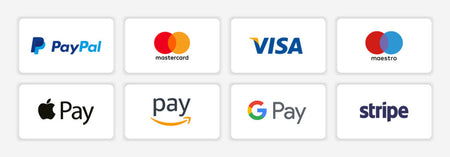
Featured collection
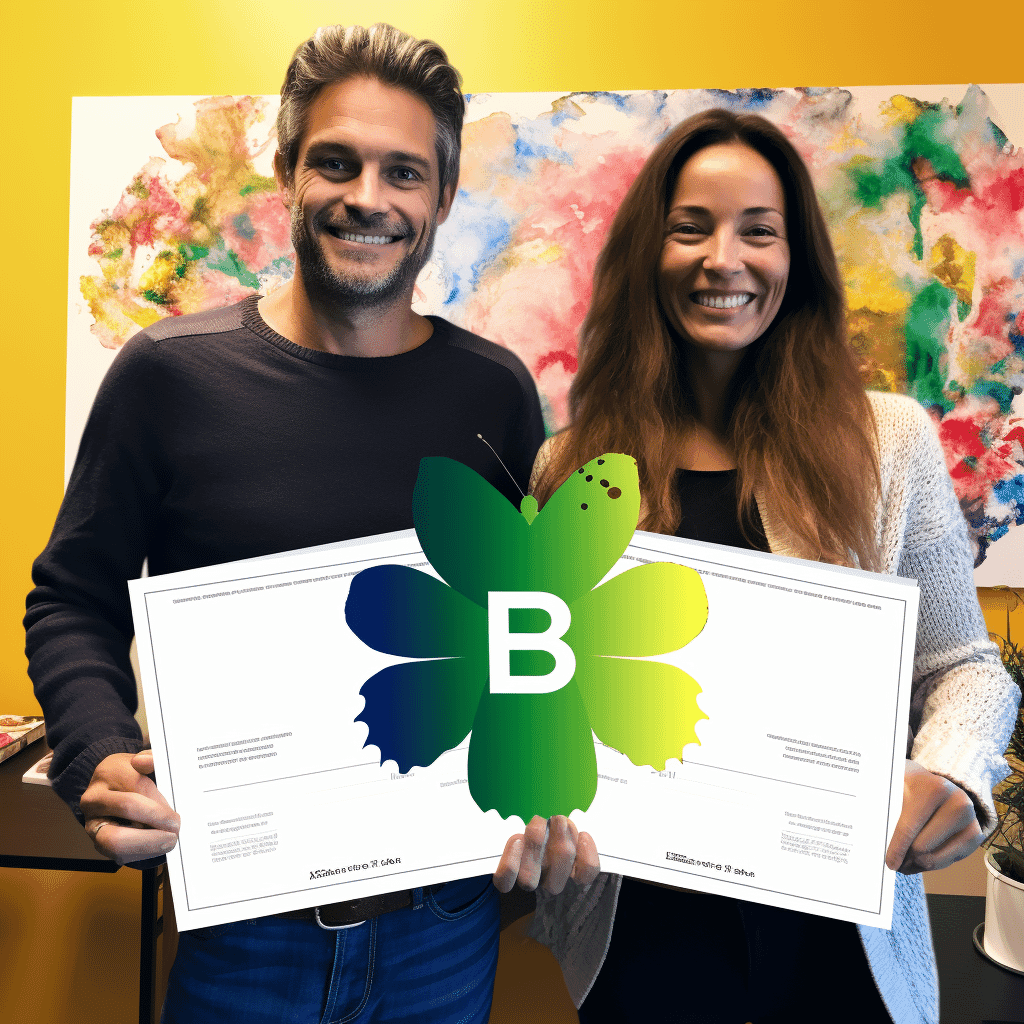

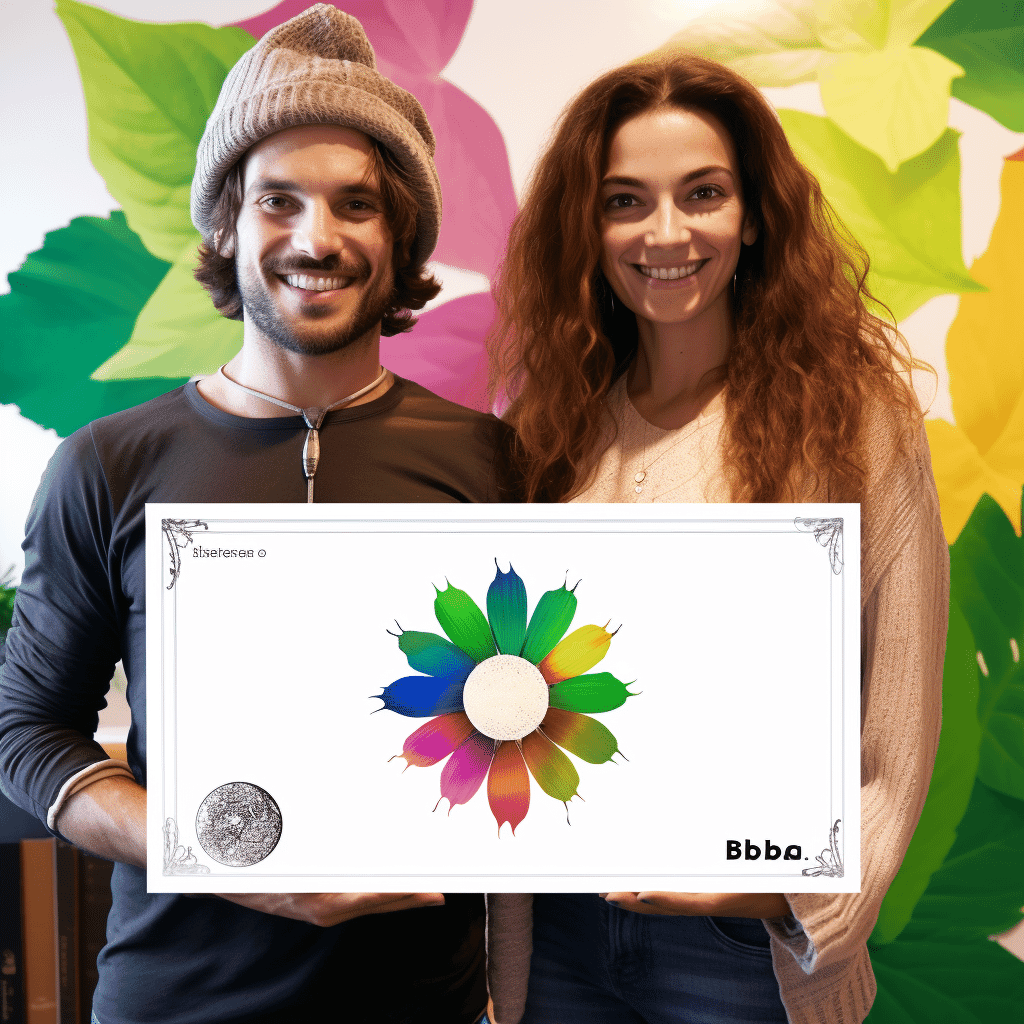












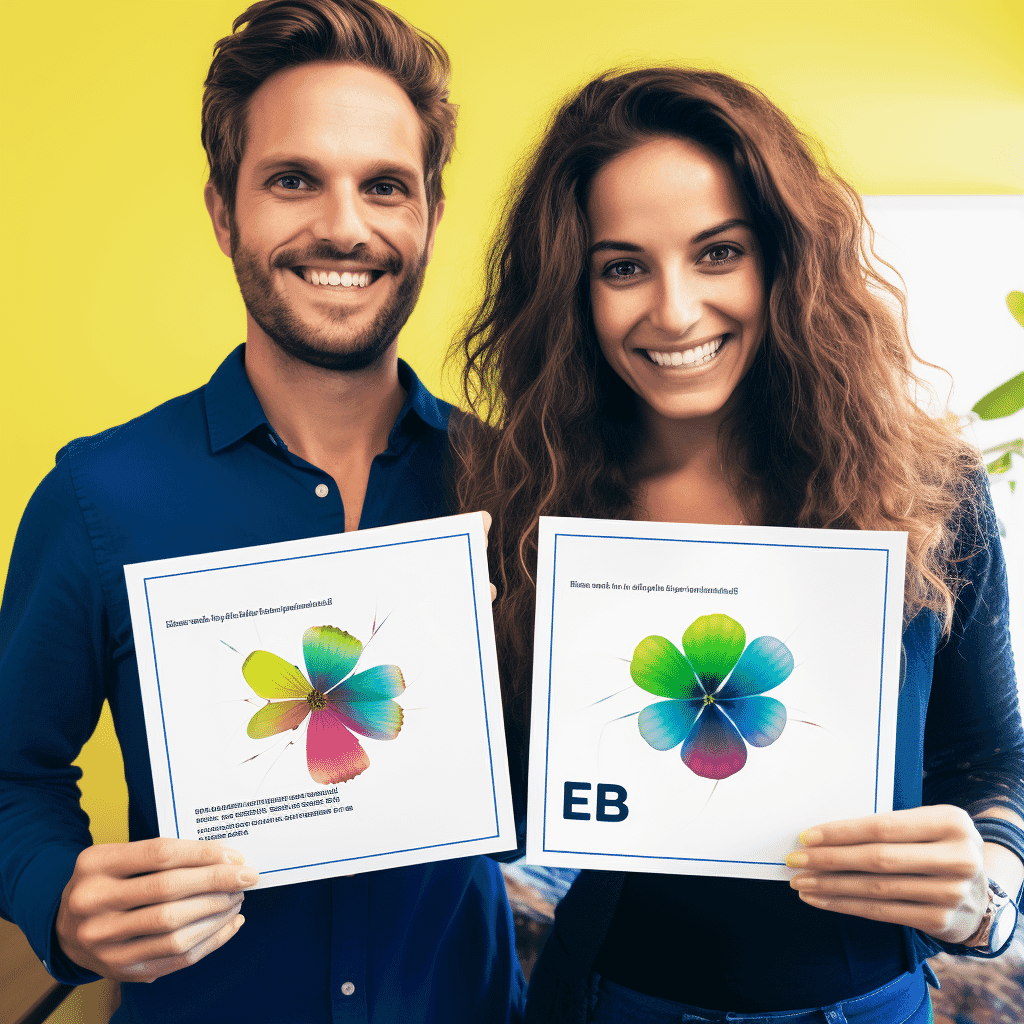
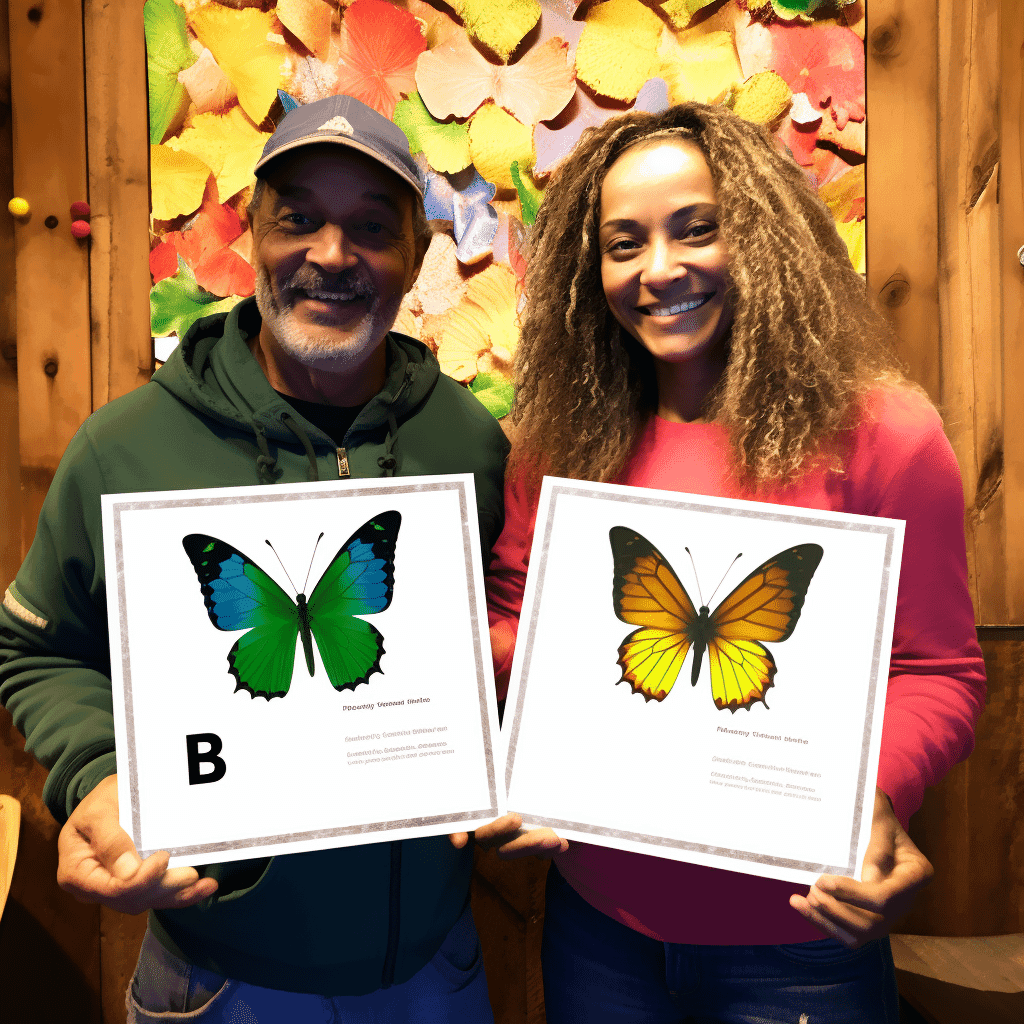




![Curso de Angular e NodeJS - O Guia da Pilha MEAN [Edição 2023] - IBRATH Instituto Brasileiro de Terapias Holísticas teste011020230809](http://enciclopedia.paginasdabiblia.com/cdn/shop/products/a19556.png?v=1699935448&width=1024)




![Curso de Docker & Kubernetes: O Guia Prático [Edição 2023] - IBRATH Instituto Brasileiro de Terapias Holísticas teste011020230809](http://enciclopedia.paginasdabiblia.com/cdn/shop/products/a19570.png?v=1699935525&width=1024)








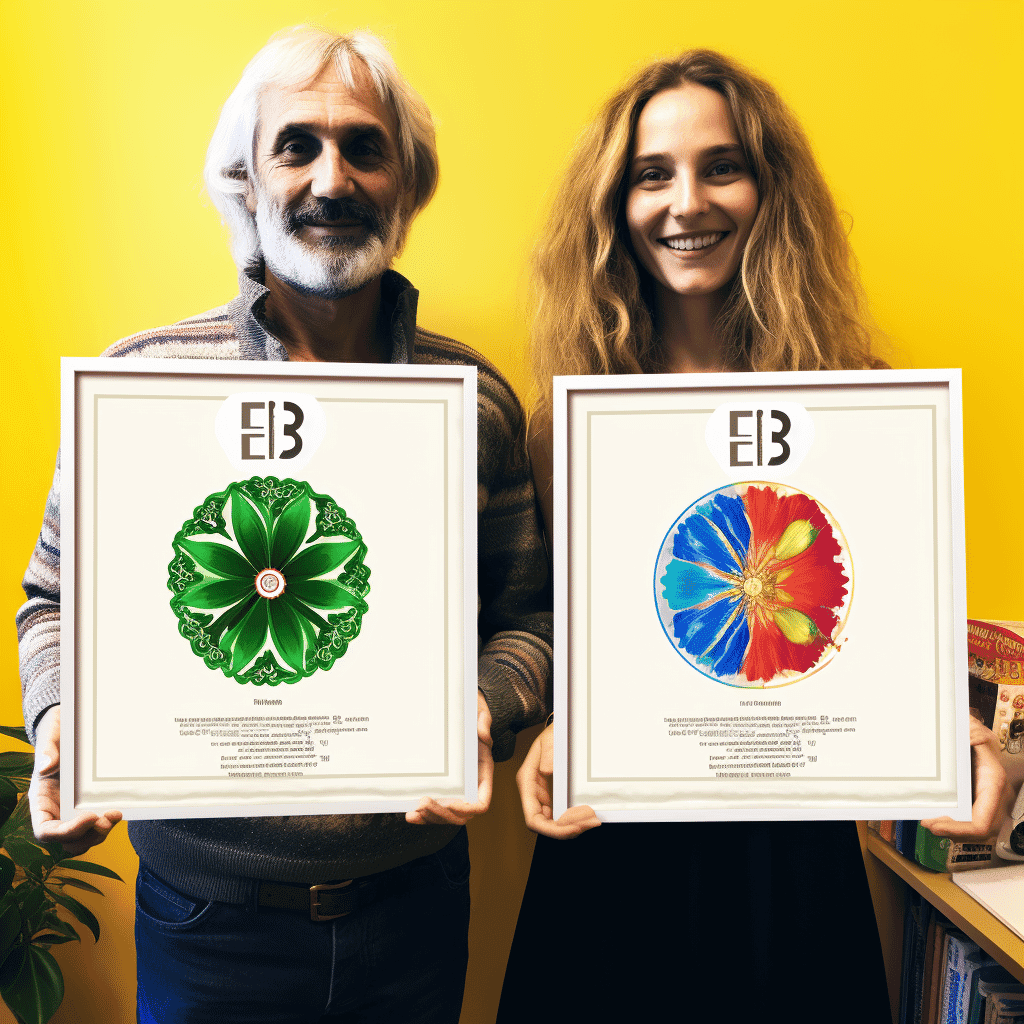

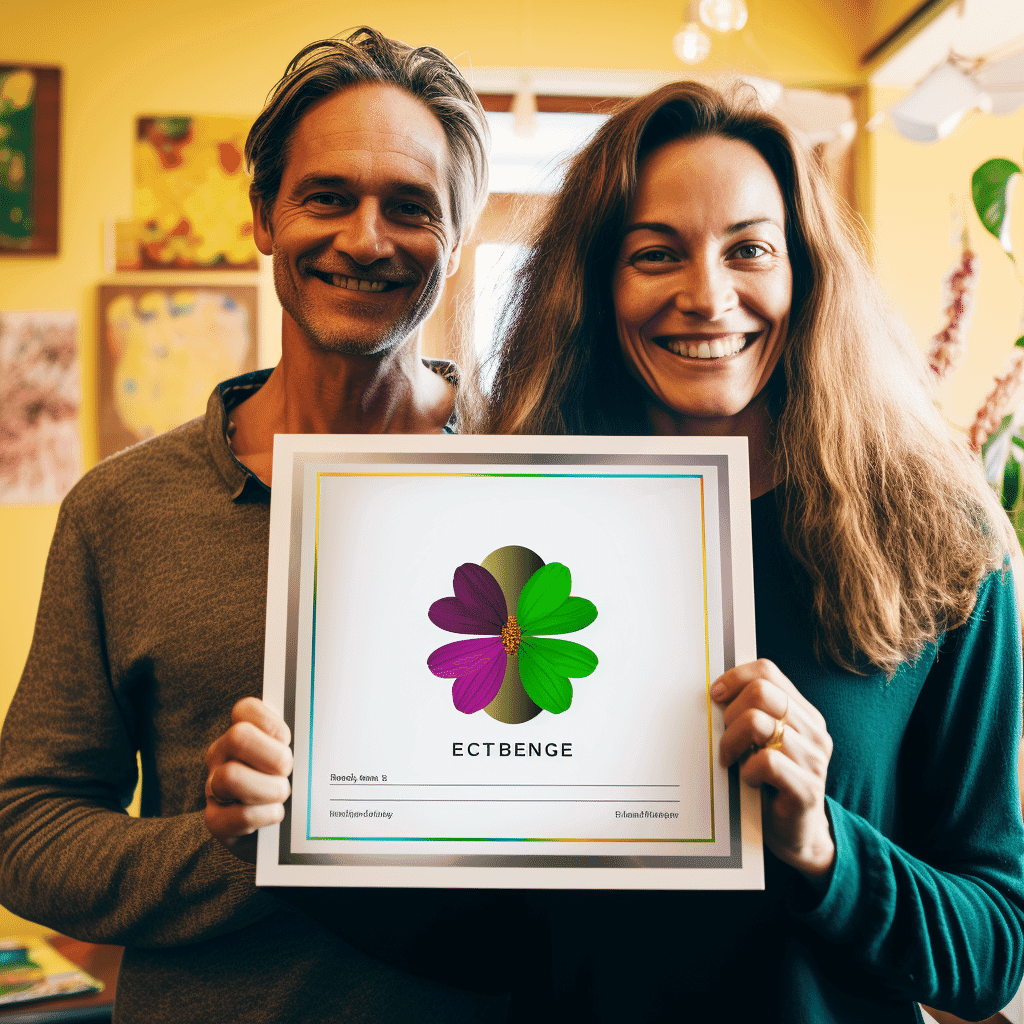





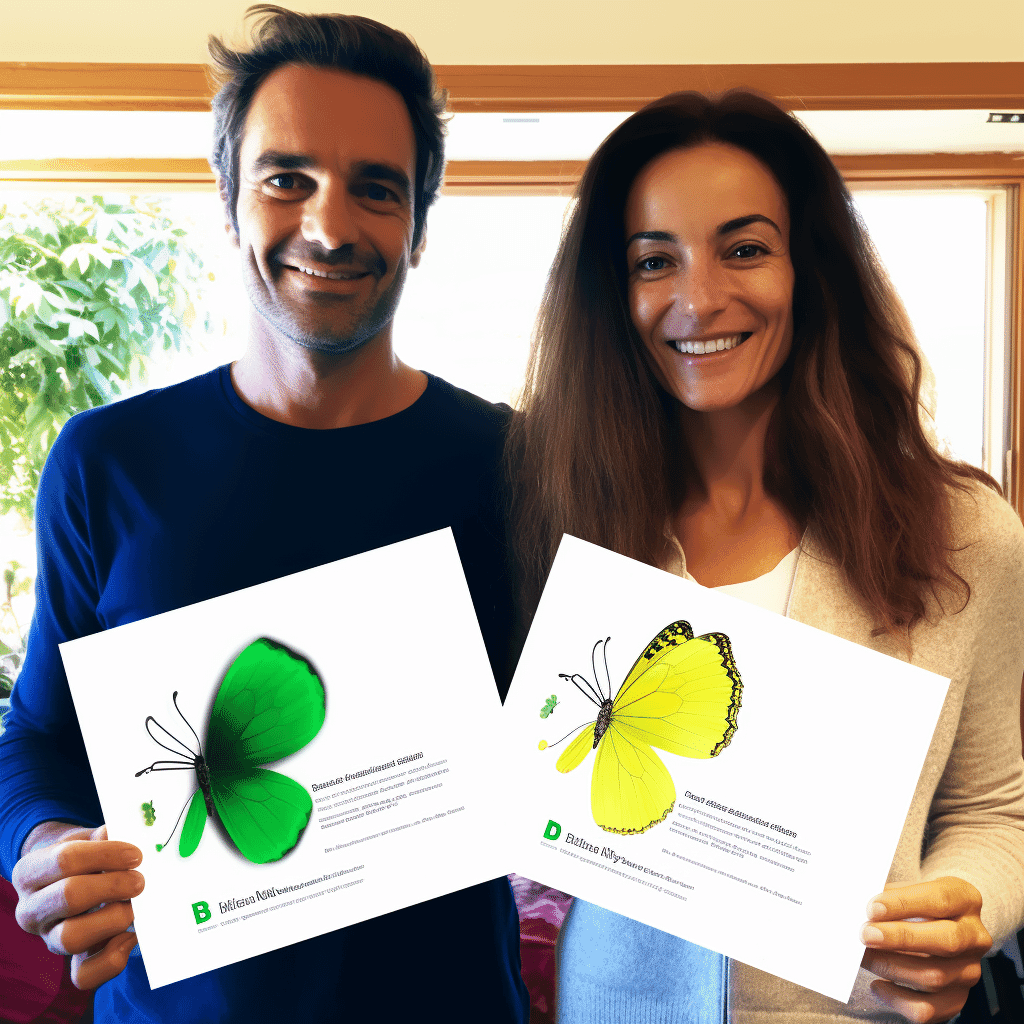




Dúvidas Gerais
Após a confirmação do pagamento, você receberá um e-mail com todas as instruções para acessar seus cursos. O e-mail incluirá um link para a plataforma de ensino, onde você poderá fazer login utilizando suas credenciais cadastradas no momento da compra. Caso seja um curso em formato de arquivo para download, o mesmo estará disponível na área do aluno e poderá ser acessado diretamente pelo link enviado. Se você não receber o e-mail de acesso em até 24 horas, verifique sua caixa de spam ou entre em contato com nossa equipe pelo e-mail suporte@amentil.com.br.
Após a confirmação do pagamento, seu pedido será processado e enviado para o endereço cadastrado. Você receberá um e-mail com os detalhes do envio, incluindo o código de rastreamento para acompanhar a entrega. Trabalhamos com transportadoras confiáveis e os prazos variam de acordo com o método de envio escolhido e sua localização. É importante garantir que o endereço de entrega esteja correto para evitar atrasos. Caso tenha dúvidas ou problemas com a entrega, nossa equipe de suporte está à disposição pelo e-mail suporte@amentil.com.br.
Você pode tirar dúvidas diretamente com nossa equipe de suporte por diversos canais:
- E-mail: Envie sua pergunta para suporte@amentil.com.br, e nossa equipe responderá em até 2 dias úteis.
- Telefone: Ligue para +55 (48) 1234-5678, disponível de segunda a sexta, das 9h às 18h.
- WhatsApp: Envie uma mensagem para +55 (48) 91265-4321 e receba atendimento rápido e prático.
- Formulário de Contato: Preencha o formulário disponível em nosso site na página Contato.
- Redes Sociais: Você também pode enviar suas dúvidas pelo Instagram ou Facebook em @amentil.sa.
Estamos sempre prontos para ajudar!
Reembolso e garantias
O prazo de reembolso pode variar dependendo da forma de pagamento utilizada:
- Cartão de Crédito: O estorno será realizado em até 7 dias úteis após a aprovação do reembolso, mas o crédito poderá aparecer na sua fatura em um prazo de 30 a 60 dias, conforme a política da operadora do cartão.
- Boleto Bancário ou Transferência: O valor será devolvido via depósito em conta bancária em até 7 dias úteis após a aprovação do reembolso.
Você pode solicitar a devolução de produtos físicos seguindo o passo a passo abaixo:
- Entre em contato com nosso suporte:
- Aguarde nossa resposta:
Nossa equipe analisará sua solicitação em até 3 dias úteis e fornecerá as instruções detalhadas para a devolução. - Prepare o produto:
- Envie o produto:
- Reembolso ou troca:
Nosso compromisso é fornecer uma experiência confiável e segura ao acessar nossa enciclopédia online. Garantimos a qualidade dos serviços e funcionalidades oferecidos, seguindo as condições descritas abaixo:
1. Garantia de Acesso
- Disponibilidade: Oferecemos garantia de disponibilidade da enciclopédia online 24 horas por dia, 7 dias por semana, exceto durante períodos programados de manutenção ou por problemas técnicos fora do nosso controle.
- Resolução de Problemas: Em caso de interrupções no serviço, nossa equipe técnica atuará para restaurar o acesso no menor tempo possível.
2. Garantia de Conteúdo
- Precisão e Atualização: Todo o conteúdo disponibilizado é cuidadosamente revisado para garantir precisão e relevância. No entanto, a enciclopédia online é constantemente atualizada, e não podemos garantir a exatidão absoluta em casos de informações sujeitas a mudanças rápidas.
- Correção de Erros: Caso identifique erros ou inconsistências no conteúdo, você pode nos informar pelo e-mail conteudo@amentil.com.br, e faremos a análise e correção, se necessário.
3. Garantia de Segurança
- Proteção de Dados: Utilizamos tecnologias avançadas para proteger suas informações pessoais e garantir que sua navegação na enciclopédia seja segura.
- Privacidade: Todos os dados coletados seguem as diretrizes da nossa Política de Privacidade.
4. Garantia de Reembolso
Para assinaturas da enciclopédia online:
- Direito de Arrependimento: Você pode solicitar o cancelamento e reembolso integral em até 7 dias corridos após a compra, desde que não tenha acessado conteúdos pagos da plataforma.
- Problemas Técnicos: Caso não consiga acessar os conteúdos devido a falhas técnicas imputáveis à plataforma, garantimos suporte prioritário e, se o problema não for resolvido, você pode solicitar reembolso proporcional ao período não utilizado.
5. Limitações
- Conexão à Internet: Não garantimos acesso à enciclopédia em situações de instabilidade ou falhas na conexão de internet do usuário.
- Uso Indevido: O acesso e uso da enciclopédia são pessoais e intransferíveis. O compartilhamento de credenciais pode resultar na suspensão ou cancelamento da assinatura sem reembolso.
6. Contato para Garantias
Caso precise de suporte ou queira exercer algum direito de garantia, entre em contato conosco:
- E-mail: suporte@amentil.com.br
- Telefone: +55 (48) 1234-5678
- Horário de atendimento: Segunda a sexta, das 9h às 18h.



